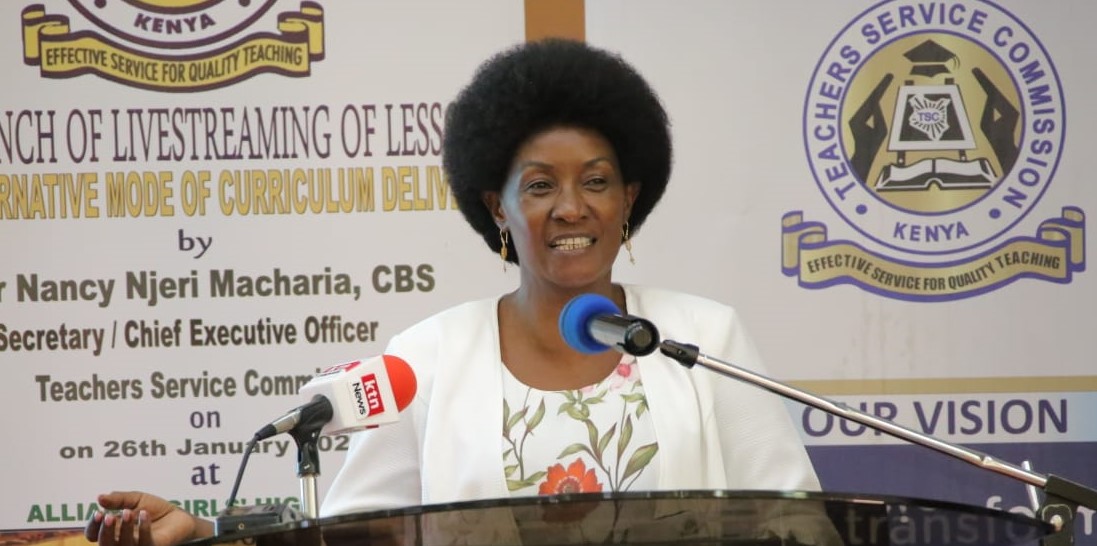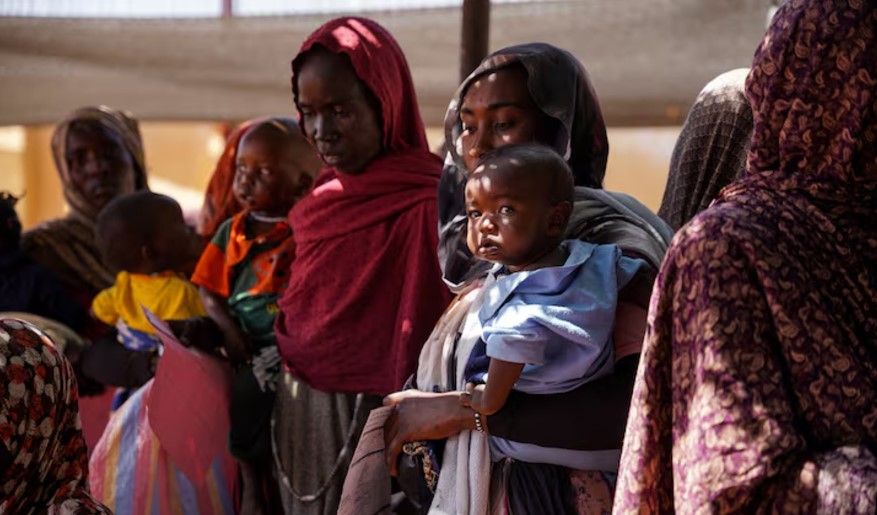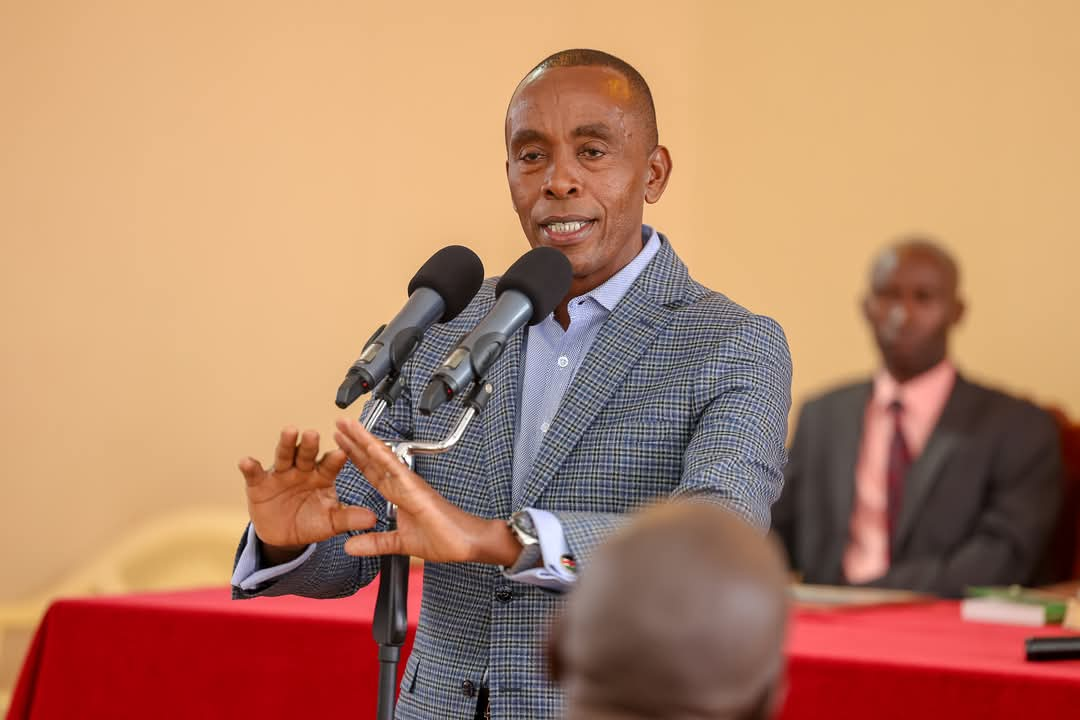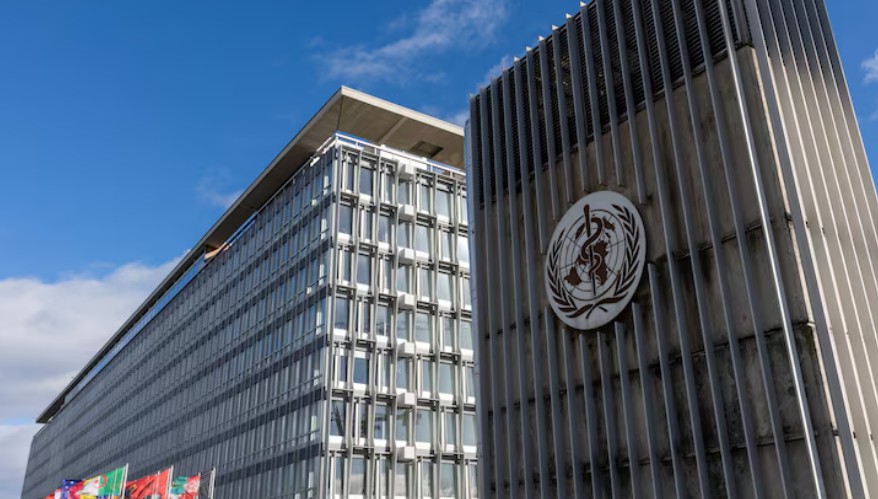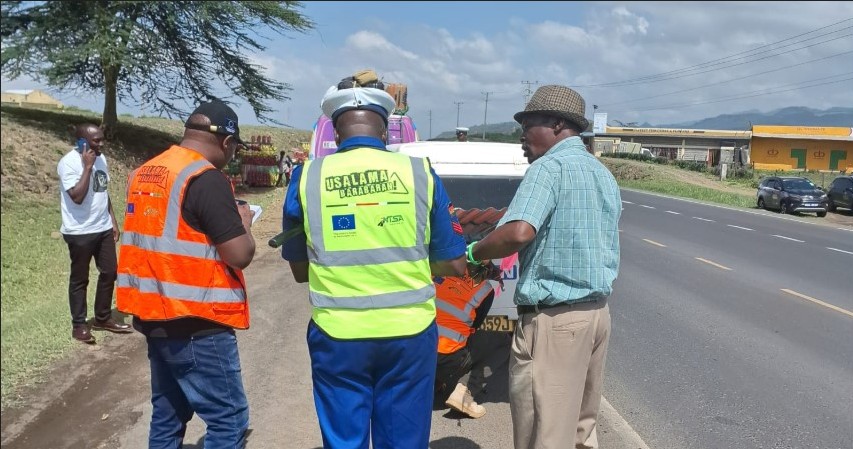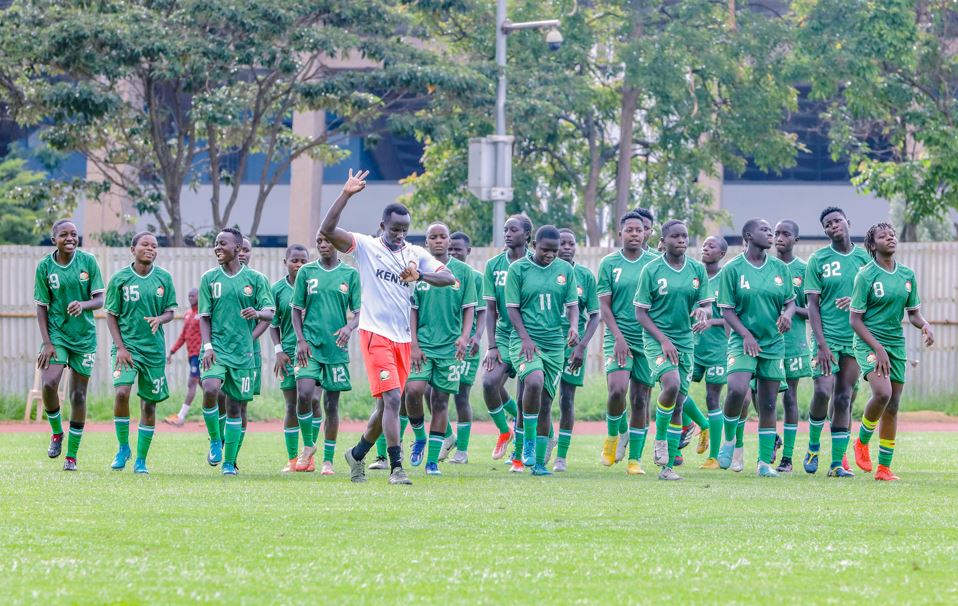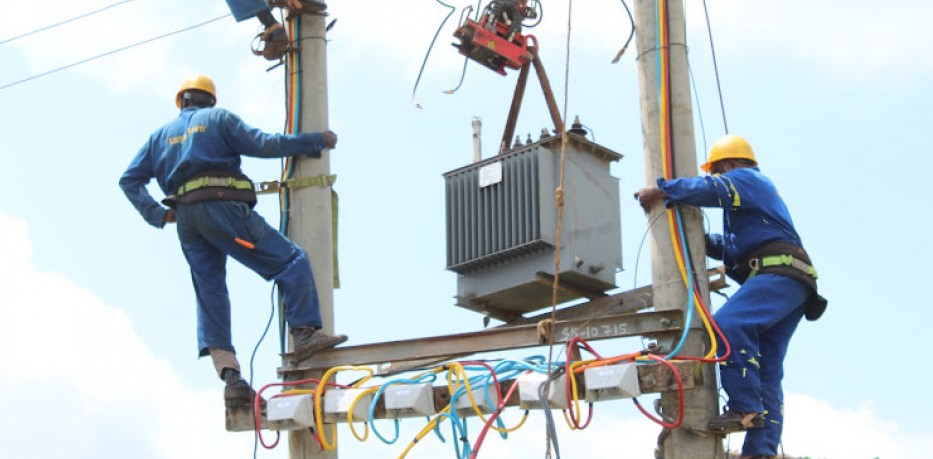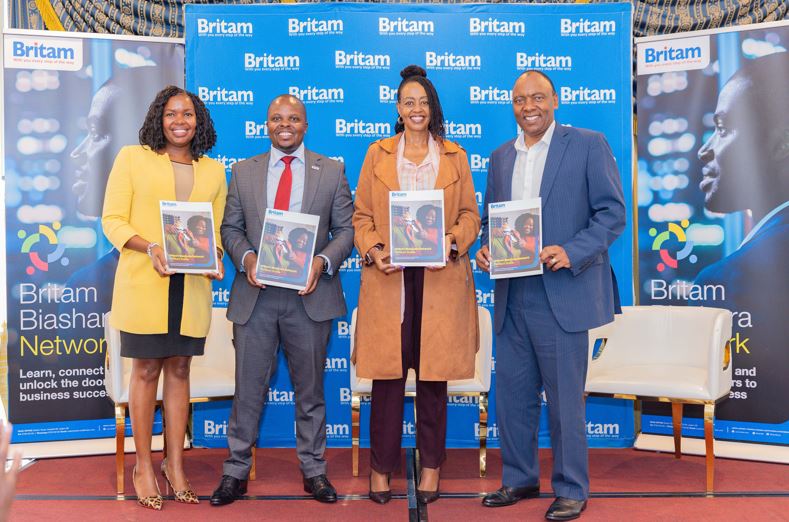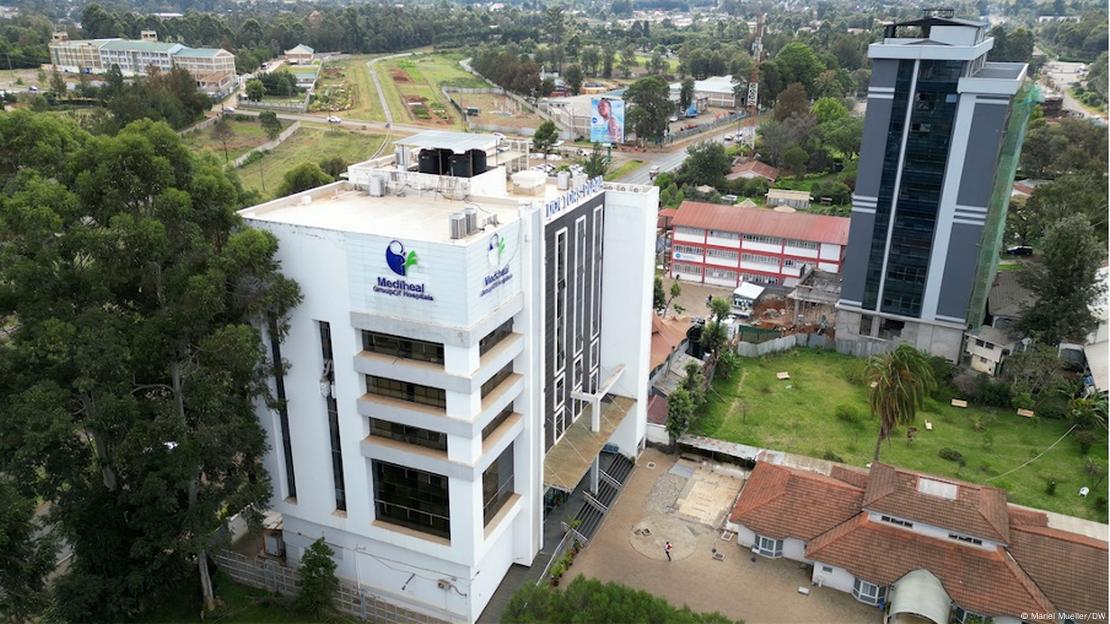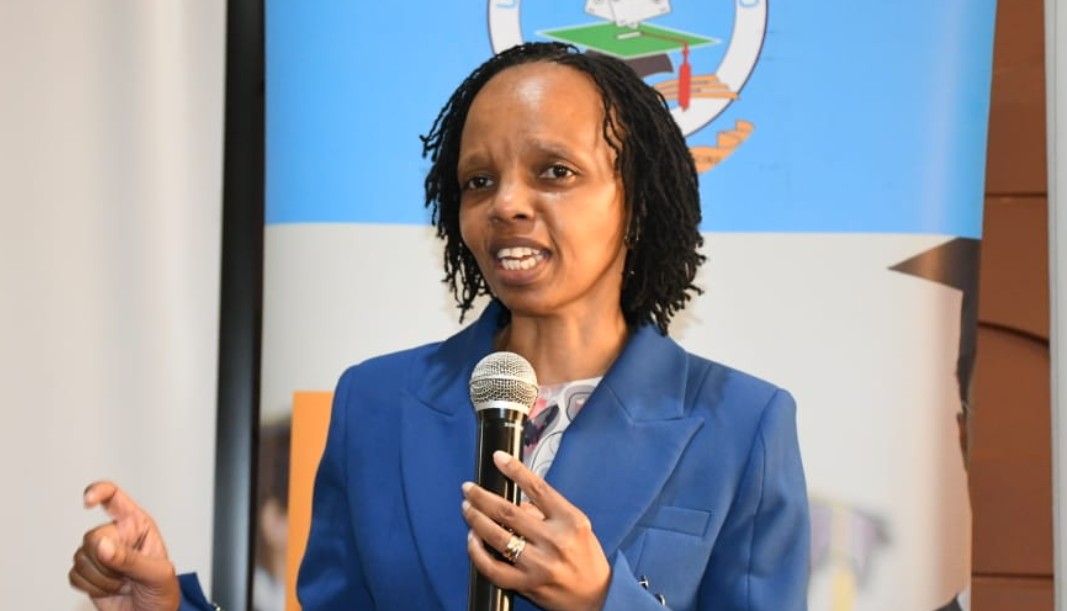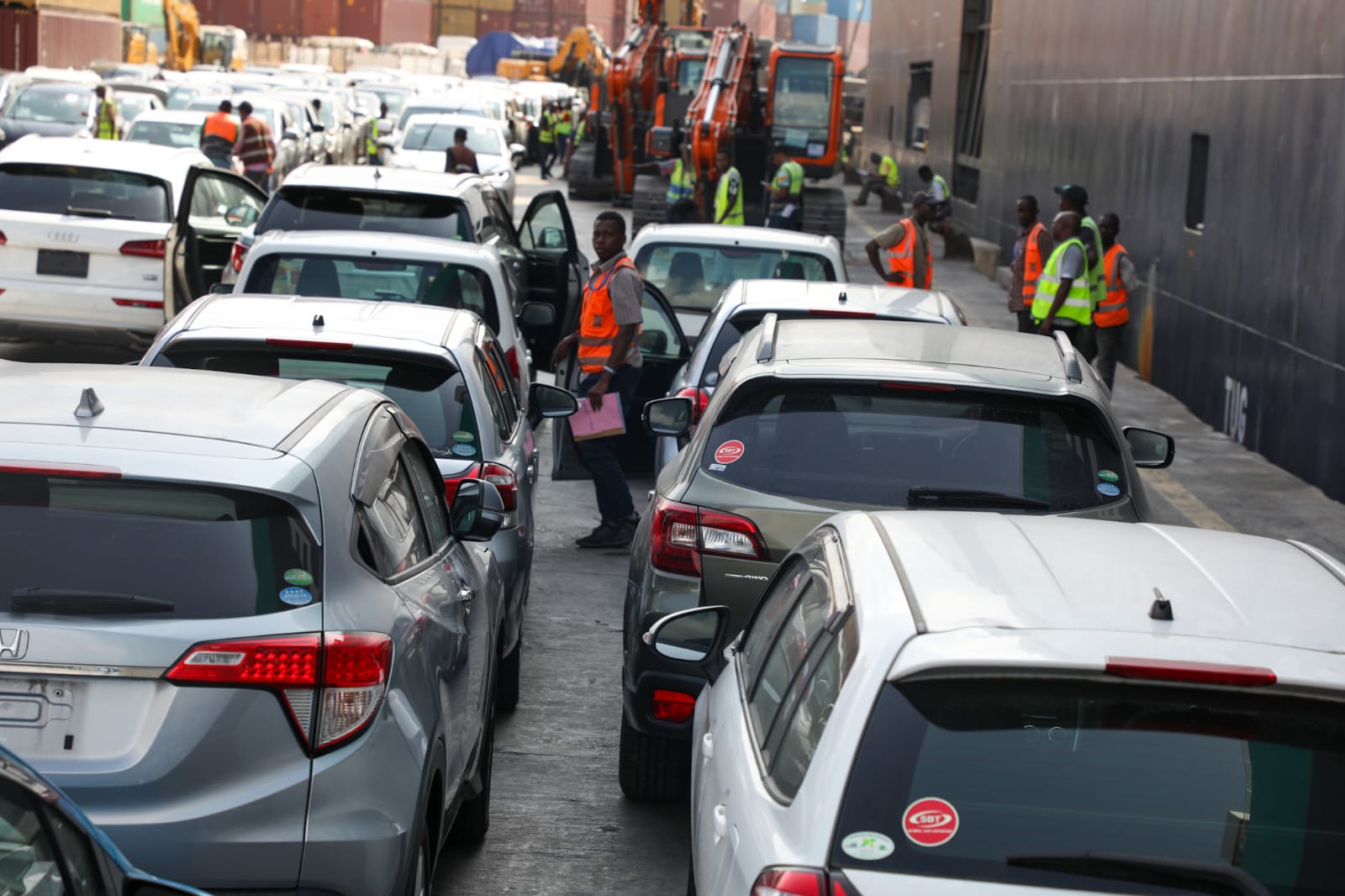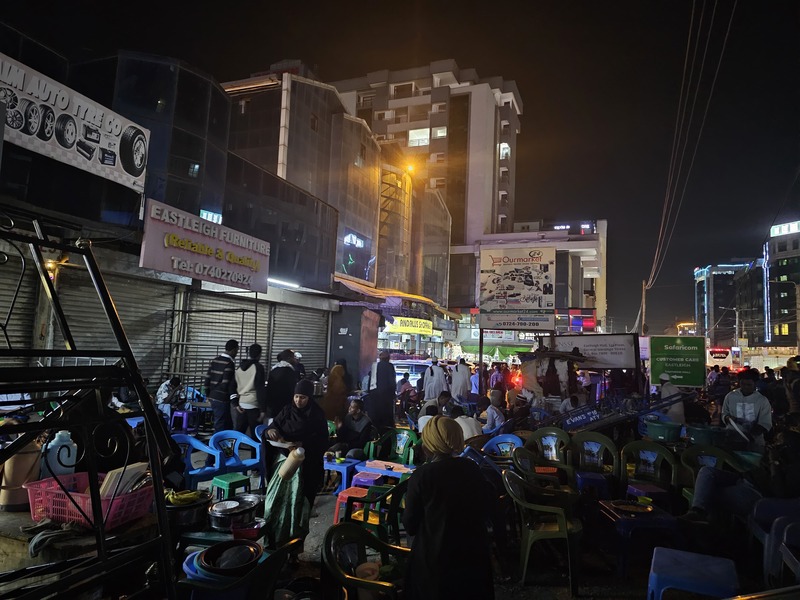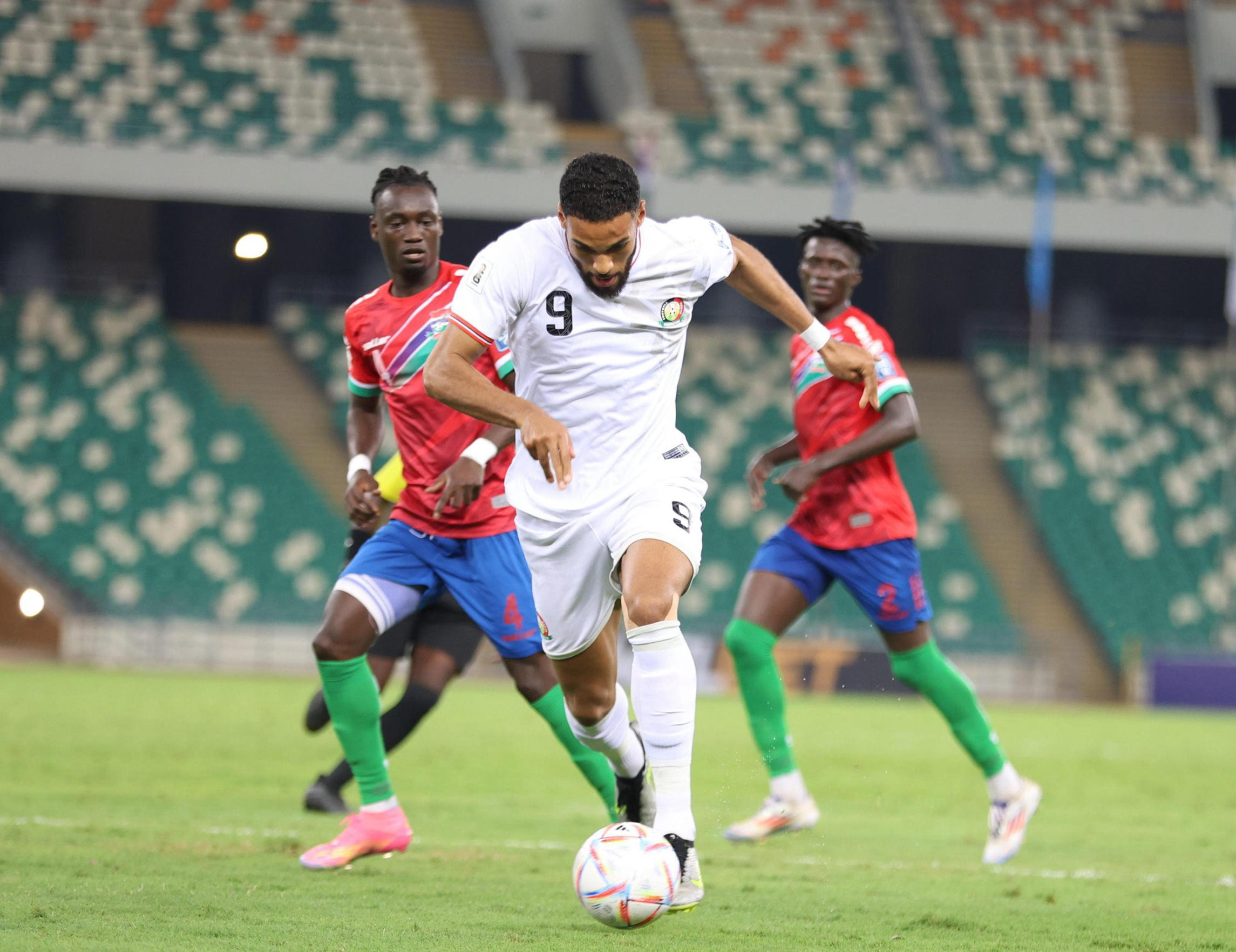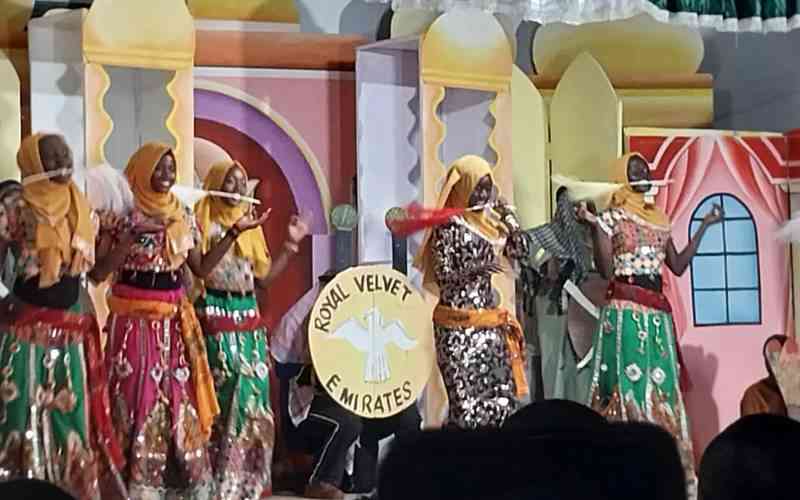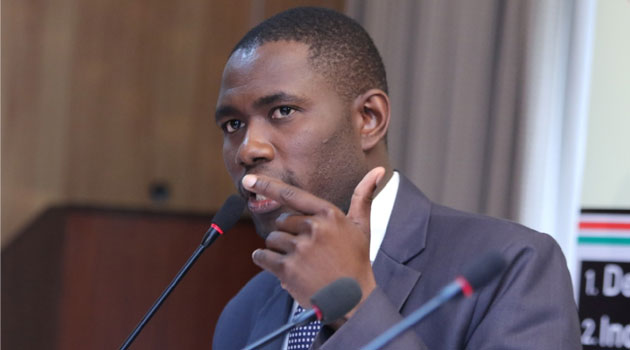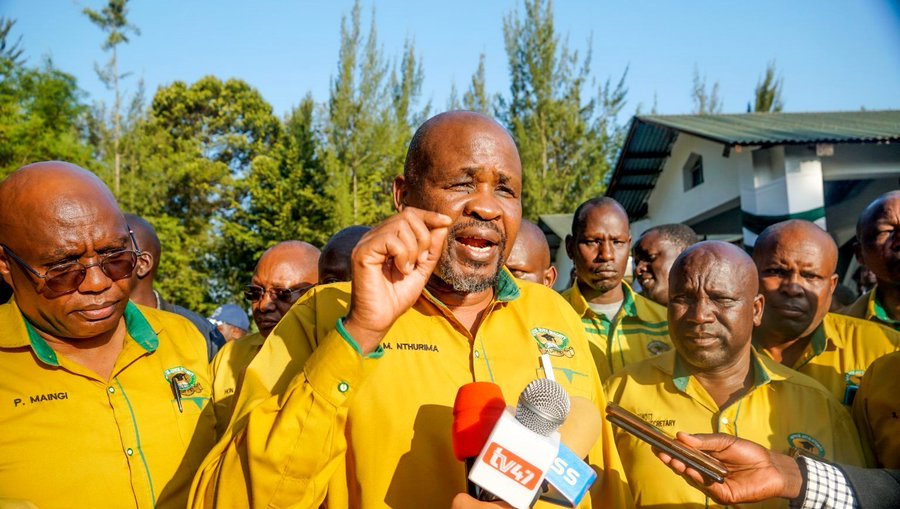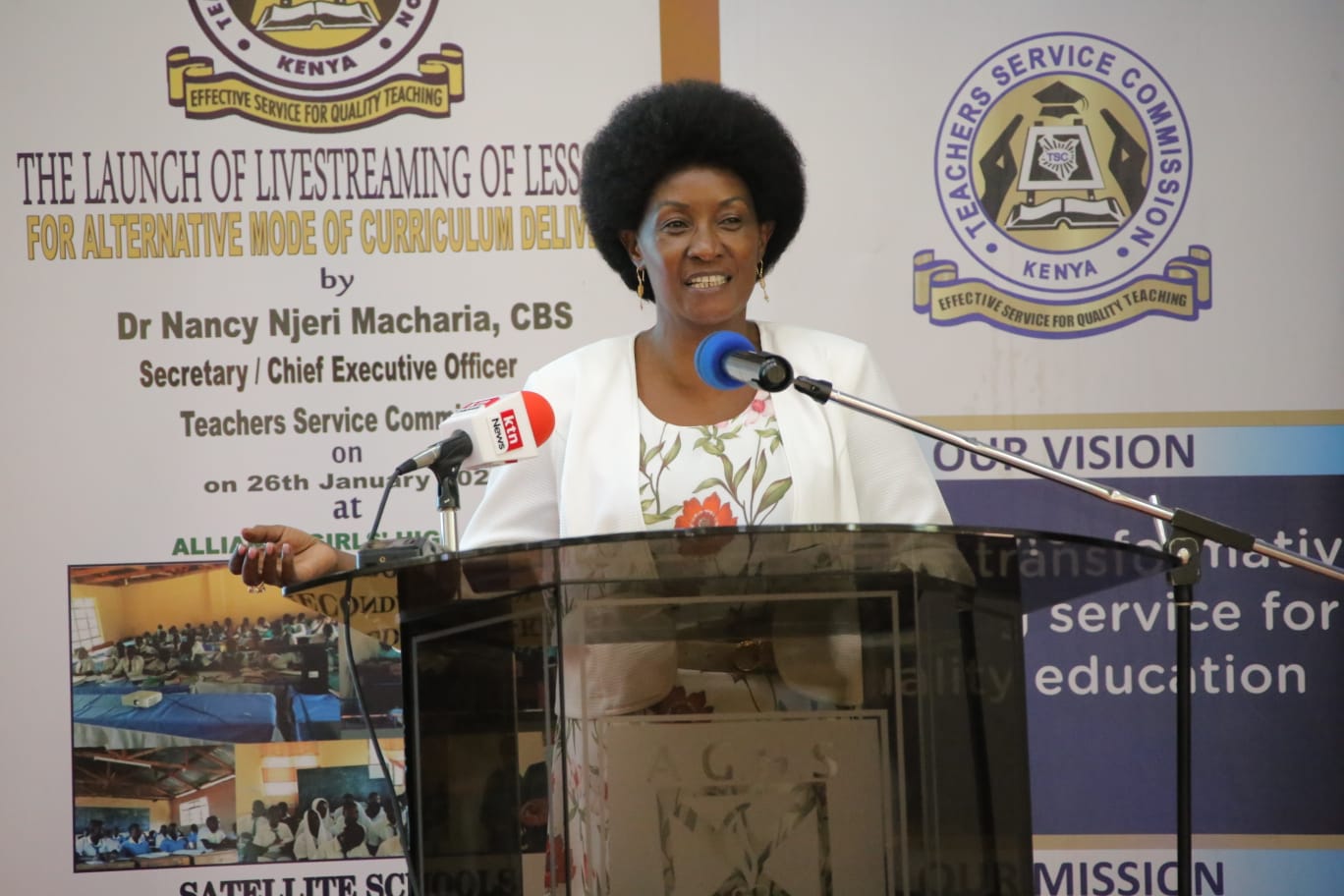I was a child soldier – here’s what it’ll take to protect young lives in conflict zones
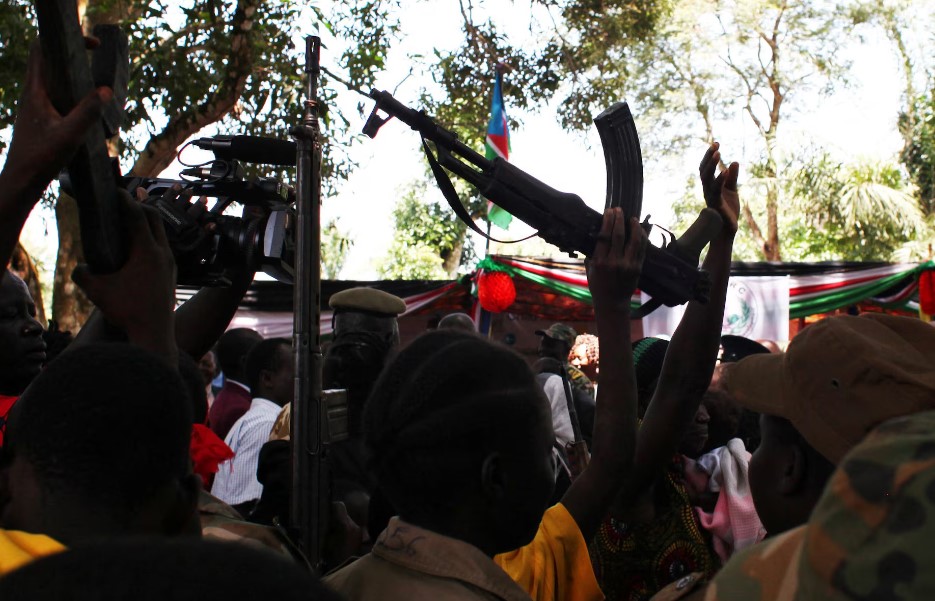
According to the United Nations, over the years, thousands of children, some as young as six years old, have been manipulated, indoctrinated and coerced into joining armed groups. Many of these children have fought against peacekeeping troops in Liberia, Rwanda, Sierra Leone, the Democratic Republic of Congo and US-led coalition soldiers in Afghanistan, Iraq and Somalia.
Charles Wratto, Babes Bolyai University
More To Read
The use of child soldiers is a profound human tragedy that continues to scar generations across the world.
According to the United Nations, over the years, thousands of children, some as young as six years old, have been manipulated, indoctrinated and coerced into joining armed groups.
Many of these children have fought against peacekeeping troops in Liberia, Rwanda, Sierra Leone, the Democratic Republic of Congo and US-led coalition soldiers in Afghanistan, Iraq and Somalia.
The devastating effect of this grave, yet persistent, tragedy extends beyond the individual child. It tears communities and families apart and leaves generations scarred with the trauma of war long after the guns fall silent.
International agreements like the Optional protocol on the involvement of children in armed conflict, the Paris principles and commitments, the Rome statute and the Cape Town principles have condemned the practice. They provided legal and practical pathways to stop the use of child soldiers.
Intervention campaigns like Child Soldiers International, the Children, Not Soldiers campaign, and the Kony 2012 campaign were launched to combat unlawful recruitment. They also raise awareness to protect child combatants in conflict regions.
The International Criminal Court has held trials and convicted warlords responsible for the abduction and arming of children.
The United Nations has published a list to “shame” governments and non-state actors that enlist minors in their armies.
Despite these efforts, the problem persists as governments and insurgent groups recruit minors in various regions of the world.
One of the reasons may be that children’s presence on the battlefield throws the training and ethics of professional soldiers off balance. Children are widely considered innocent, harmless, and deserving of care and protection. Harming them can cause severe emotional and psychological distress that conventional soldiers are ill-equipped to handle. Armed groups who use children can get a strategic advantage if they make adult soldiers feel guilt, terror, shame and cowardism.
As a researcher in peace, politics and conflict studies and a former child soldier in the Liberian civil war, I have centred my studies on children in armed conflict and how states respond to crises and conflict.
I am passionate about protecting children in conflict zones because I know what it means to experience violence at a very young age.
I also understand, from my own experience, what it means to return to a society that saw me as a dangerous and irredeemable person and to find purpose in a world that labelled people like me as a “lost generation”.
Other Topics To Read
- World
- Democratic Republic of Congo
- International Criminal Court
- Child Soldiers International
- Liberian civil war
- Paris principles and commitments
- Optional protocol on the involvement of children in armed conflict
- convicted warlords
- I was a child soldier – here’s what it’ll take to protect young lives in conflict zones
- News
Based on my personal experiences and interaction with child soldiers, I identify six ways society can help protect children in conflict zones. They are: cutting off arms sales to conflict regions; providing continuous education during conflict; providing life-saving essentials; working with local communities; listening to children’s voices; and involving child soldiers in the implementation of disarmament and reintegration programmes.
Six ways to protect children in conflict zones
Cut arm sales to conflict regions
Armed groups often rely on the constant flow of small arms and light weapons to maintain their operations.
The availability of these weapons enables groups to enlarge their forces, often using vulnerable children. Stopping weapons sales would undermine the effectiveness of these groups.
If there are fewer arms, warlords will find it harder to lure children with false promises of protection and power. Warlords might have to create pathways for peace talks, and children could be demobilised.
Under Charles Taylor, Liberia was a regional hub for illicit weapons trade and child soldier recruitment. The UN arms embargo in 2001 limited Taylor’s ability to resupply his troops, leading to his eventual exile and an end to the war in 2003. While an effective arms embargo may not end a war or child recruitment immediately, it can erode armed groups’ combat ability, pressuring them to negotiate, collapse, or lose their grip over vulnerable children.
Provide life-saving essentials
In war-torn places, poverty and starvation sometimes push families to hand over their children to armed groups in exchange for food.
Given life-saving essentials such as food, shelter and medical care, families can be shielded from poverty. This will reduce voluntary enlistment.
Microfinance initiatives that support small businesses, and provision of vocational training programmes, can also lift families from poverty.
Continuous education during conflict
Governments and multilateral institutions must provide emergency education
and train teachers and caregivers in camps for internally displaced people.
Being able to carry on with schooling in a safe environment can curb child recruitment and empower young people for the post-war reconstruction of their nations. Such sanctuaries should also include mobile counselling and trauma therapy centres where children can process their grief and experiences to rebuild trust.
Work with local communities and leaders
Governments, NGOs and policymakers must address existing grievances and empower local communities to assist in reintegrating former child soldiers. Reintegration involves not only children returning home but also ensuring communities are better prepared and equipped to welcome them.
Partnering with local communities can also strengthen awareness about the dangers of child (re) recruitment.
Ex-child soldiers as part of disarmament and reintegration
Governments and humanitarian agencies must include former child soldiers in the design and implementation of disarmament, demobilisation, and reintegration programmes.
Their firsthand knowledge of the conscription process, combat realities, fears, nightmares and reintegration struggle offers unique insights. They can help create programmes that meet real needs.
Although the current disarmament, demobilisation and reintegration guidelines emphasise children’s rights to disarm, they do not mention children’s inclusion in the development of effective life changing programmes.
Listen to children’s voicesEducational institutions, governments and peacebuilding agencies must take children’s contributions to peacebuilding seriously.
Children bear the wounds of war. They have seen the destruction firsthand and have experienced various forms of loss and pain. This makes them not only observers of violence but also powerful advocates for peace.
Why the world must act
My experiences have taught me that no child is beyond redemption, particularly when given the right support and care they need.
Child soldiers, though shaped by unfortunate circumstances, are not inherently violent. They should not be feared or stigmatised. They are victims who deserve healing, love and education.
I was not given a gun because I was strong. I was handed one because I was weak, because children, stripped of alternatives, can be manipulated and turned into weapons of war.
The Conversation
Charles Wratto, Associate Professor of Peace, Politics, and Conflict Studies, Babes Bolyai University
This article is republished from The Conversation under a Creative Commons license. Read the original article.
Top Stories Today
